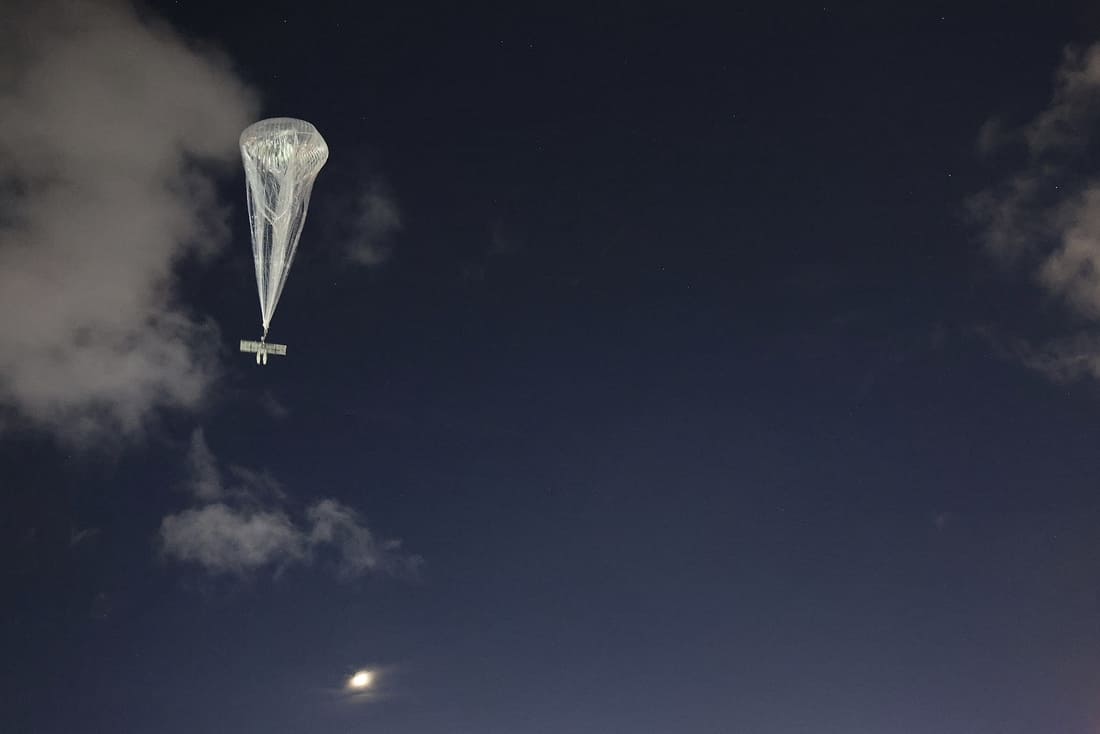The US Army has drawn up a 2026 field event that sends well over one hundred high-altitude balloons across open water in the Indo-Pacific to test massed stratospheric operations.
Defense officials confirm the proposal moved through initial staffing in August with support from the intelligence directorate known as G-2 and its new Strategy and Transformation office.
Andrew Evans, who directs that office, described the aim as a data-rich experiment that places a large cluster of autonomous balloons in one theater to measure real operational effects rather than lab results.
Planners expect multi-day flights at stratospheric altitudes, with balloons steering on winds and shifting roles across the formation. The Army treats the drill as a joint-force resource and ties it to operational problems such as maritime sensing, resilient communications and rapid restoration of services when space support gets disrupted. Evans told reporters the service wants evidence on persistence, control load and affordability at scale.
Officials point to an early 2026 window to catch favorable winds and avoid typhoon peaks. According to industry sources, the planning team has run wind-model back-tests against recent seasons to pick days when stratospheric shear stays mild enough to keep a swarm coherent without constant human retasking.
Evans has said explicitly that the event should inform how the Army integrates stratospheric assets into its architecture, with an emphasis on autonomy and cost controls. He also tied the work to resilience when orbits go dark or degrade.
3rd Multi-Domain Task Force role and launch areas in Indo-Pacific
The 3rd Multi-Domain Task Force (3rd MDTF) holds operational lead for the swarm, supported by intelligence and test communities. The unit is located in Hawaii and has run deep-sensing and command-and-control experiments across the region, which makes it the natural hub for this effort.
Service releases over the past year described 3rd MDTF roles during Valiant Shield and other events that pushed distributed teams across the theater to stress new concepts.
Candidate launch corridors extend from Guam across the Philippine Sea into international airspace. The Army wants deep water under the path, broad maneuver lanes, and room to conduct recovery if a hull fails. Crews need pier access, container storage and fuel support close to pads so the formation can rise in tight waves.
Liaison officers from Japan, Australia, and the Philippines observed earlier high-altitude trials and will likely embed during the 2026 event in non-control roles.
US Indo-Pacific Command notes from Balikatan this spring mention training launches with Philippine partners to refine airspace coordination and support land-based counter-maritime tasks.
Army statements this summer placed MDTF units under new multi-domain commands aligned to Japan and the wider Pacific. It should streamline approvals and communications for the balloon event.
Stratospheric payload mix, autonomy and communications relay
Program notes describe three balloon classes sized to mission.
- Heavy frames carry electro-optical and electronic support payloads for maritime and coastal surveillance.
- Medium frames act as mesh radio towers to close line-of-sight gaps between dispersed ground units and ships.
- Light frames carry inexpensive reflectors to clutter adversary radars or play decoy for higher-value assets.
Evans has stated persistence and cost as central. He argues a stratospheric layer offers days of coverage and accepts attrition better than exquisite satellites or high-end aircraft.
Vendors will bring different command-and-control stacks and payload control software, which gives the Army a chance to see how open interfaces behave when dozens of air vehicles crowd one management console.
Acquisition staff plan to harvest performance data during the event and feed it into a contracting path that moves promising solutions toward production after fiscal 2026.
Electronic protection comes with the 2026 build. The links use bands and waveforms the lab already tested against jamming. Authentication gates stop spoofed commands before they touch the flight controls.
The Army hasn’t forgotten earlier mishaps in lighter-than-air efforts. Lawmakers still cite the 2015 JLENS breakaway and the program’s termination in 2017. Safety rules for the 2026 swarm include auto cut-down devices, recovery vessels and routes that steer clear of crowded lanes.
Budget risk controls JLENS context and next steps
Funding lines for stratospheric work appear across test, networking, and intelligence accounts, with a discrete pot set aside for the 2026 event. Internal notes show an emphasis on low per-unit cost, high availability and quick re-fill so crews can replace lost nodes without day-long delays.
Defense officials confirm the plan integrates a rapid logistics loop for envelopes, helium or hydrogen supply and spare payloads staged near the launch pads. It should keep the formation density where the analysis needs it.
The 3rd MDTF brings a theater playbook built on rehearsed distributed command tools and the ability to host coalition observers without complicating flight control, which helps later technical acceptance since commanders want reports that reflect real joint conditions. Recent Army notes highlight the MDTF role in deep sensing and non-kinetic effects, aligned with the mission sets this swarm aims to validate.
Risk control goes past jamming and flight safety, and weather drives much of it. Teams study wind fields and humidity bands that can weaken envelopes or break up the formation.
Industry sources state materials suppliers proposed rip-stop composites and new vent seals after smaller events exposed leaks in moist air. The 2026 configuration adopts those changes and sets fleet availability near ninety percent for the main test window, with spares staged forward to top up numbers if attrition hits early.
In late August, the Army shifted governance. Evans’ Strategy and Transformation office took over from the ISR Task Force and now holds the charter to knit these experiments into doctrine and programs.
Partners across the Pacific have a lane without access to the sticks. Observers from key allies will participate in data reviews and provide feedback on maritime awareness and communications relay performance. US notes from Balikatan this year already mention training launches and airspace coordination with Philippine controllers, which shortens the learning curve for 2026.
After JLENS drew political fire when a tether break dragged a cable across Pennsylvania and knocked down power lines, the Army ended the program in 2017. The current plan avoids tethered platforms and uses free-flying stratospheric balloons instead, with cut-down and recovery built in.
If the 2026 swarm meets goals on persistence and control, it gives joint commanders a valuable reserve for ISR and communications when satellites saturate or aircraft face pressure. It doesn’t replace space systems or crewed aircraft but it fills a gap with nodes cheap enough to multiply and manageable at large scale.
The Army still has to prove ease of recovery, airspace coordination at scale, and resilience under electronic attack. If the data set matches the design brief, those hurdles look manageable inside current budgets.
Evans laid out the plan in late August to pull hard evidence from a theater-sized experiment and fold what works into doctrine and acquisition. Defense officials say the schedule remains on track for an early-year window, subject to weather and host-nation coordination.
REFERENCE SOURCES
- https://abcnews.go.com/US/military-blimp-loose/story?id=34799147
- https://breakingdefense.com/2025/08/army-bids-adieu-to-isr-task-force-stands-up-strategy-and-transformation-directorate/
- https://www.army.mil/article/277487/3d_mdtf_demonstrates_ability_to_operate_in_the_indo_pacific
- https://www.pacom.mil/Media/NEWS/News-Article-View/Article/4175245/us-army-trains-with-latest-maritime-domain-awareness-capabilities-alongside-phi/
- https://breakingdefense.com/2025/08/swarming-balloons-army-planning-mass-exercise-in-26-over-indo-pacific-waters/
- https://www.armytimes.com/land/2025/06/27/us-army-tailoring-pacific-commands-for-multi-domain-force/



